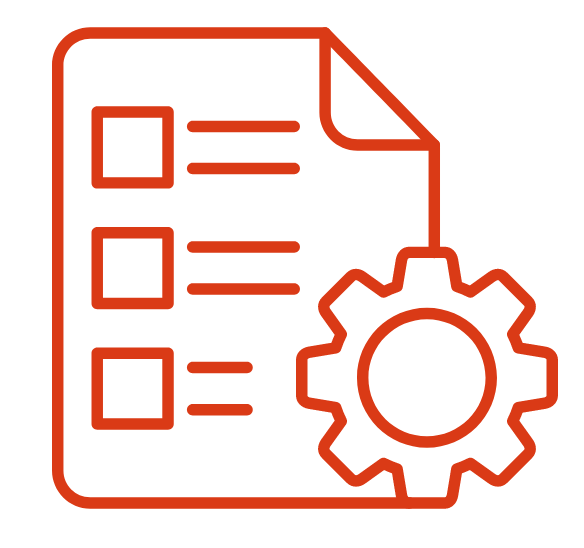Materials Recovery and Renewal from Used Lithium-Ion Batteries
Project overview
This research project focuses on addressing the environmental and economic challenges associated with lithium-ion batteries (LIBs), a crucial step for electrification and decarbonization efforts. Despite their benefits, LIBs possess a significant carbon footprint and reliance on critical minerals with social and economic burdens. Recycling LIBs is proposed as a solution to mitigate these issues, yet efficient recycling programs face hurdles due to complex sorting and separation processes.
The project aims to develop a low-cost recycling method that simplifies sorting and utilizes environmentally friendly processes to regenerate battery components directly. By targeting valuable components such as copper, aluminum, and cathodes, the proposed method could reduce LIB costs by 26 per cent, greenhouse gas emissions by 35 per cent, and critical mineral usage by up to 80 per cent.
Key project details
| Principal investigator | Mark Obrovac, professor, Chemistry, Physics and Atmospheric Science, Dalhousie University |
Co-principal investigators |
Stanley Asah, professor and Canada Research Chair, Resource and Environmental Studies, Dalhousie University; Khaled Benis, assistant professor, Process Engineering and Applied Science, Dalhousie University; Andrew Henderson, associate professor, Génie de la construction, École de Technologie Supérieure Montreal; Azadeh Kermanshahi-pour, professor, Process Engineering and Applied Science, Dalhousie University; Lukas Swan, professor, Mechanical Engineering, Dalhousie University; Penghao Xiao, assistant professor, Physics, Dalhousie University; |
Research collaborators |
Mark McArthur, director, Internal Research and Development, NOVONIX Battery Technology Solutions |
| Non-academic partners | NOVONIX Battery Technology Solutions |
| Research Keywords | Li-ion batteries, battery recycling, decarbonization, life cycle analysis, pouch cells |
| Budget | Cash: $200,000 In-Kind: $190,000 |
Research focus

Lithium-ion batteries disassembly and materials recovery
The Obrovac lab is using simple industrial processes like grinding and milling to break down lithium-ion batteries (LIBs) into their basic components. Initial experiments have shown promising results in recovering materials such as lithium nickel manganese cobalt oxide (NMC), graphite, copper and aluminum from shredded LIB pouch cells. However, some contamination occurs, so further optimization is needed to improve yields and reduce impurities. Mild leaching methods will be developed to remove impurities while preserving valuable minerals like lithium.

Lithium nickel manganese cobalt oxide (NMC) renewal from used LIBs with mixed cathode composition
This area of research aims to regenerate cathodes from batteries with different compositions, expanding the scope of direct recycling methods. Using dry synthesis techniques pioneered by the Obrovac lab, NMC622 cathodes will be synthesized from recovered materials. Research will focus on improving cycle life, reducing polarization and optimizing particle morphology. Understanding how different compositions of recovered materials affect the final regenerated NMC is crucial for developing a versatile recycling method.

Life cycle and economic analysis
This research area focuses on analyzing the environmental and economic impacts of the developed recycling methods. Working closely with the Obrovac lab, the goal is to evaluate new feedstocks and NMC recovery techniques to meet cost and greenhouse gas emission targets without unintended environmental consequences. The deliverables include verifying that regenerated NMC is 50 per cent cheaper and emits 50 per cent less greenhouse gases than virgin NMC, along with publishing an analysis of the recycling method's life cycle and economic aspects.

Social Impacts
In collaboration with Dr. Stanley Asah, this research area assesses the social implications of the recycling methods. Dr. Asah ensures that the proposed NMC recovery techniques lead to positive social impacts and reduced societal burdens. The deliverable is a LIB recycling process that lessens societal burdens and fosters positive impacts, along with publishing a social impact assessment of the new recycling process.
Non-academic partners
Thank you to our non-academic partners for your support and trust.


